The Institute for the Conservation of the Neovolcanic Mountain Range in the Face of Climate Change
Our Earth is inhabited by a great diversity of organisms. Included in these are birds and humans. Birds come in a wide variety of colors and shapes, and have a wide variety of behaviors, much the same way people have different ways of perceiving the world and expressing themselves. Some people are limited by some form of disability, but this does not hinder their perception of the natural world. In fact, activities that admire nature such as bird watching, can stimulate the senses and promote well-being in people with differing levels of ability. With this message in mind members of the Institute for the Conservation of the Neovolcanic Mountain Range (Instituto para la Conservación de la Cordillera Neovolcánica) in conjunction with Climate Change A.C. (Cambio Climático A.C.) and the La Malinche Research Station (Estación Científica La Malinche), created a series of workshops aimed at youth and adults with a range of functional diversity. The youth and adults who participated in the workshops were students enrolled in The Educational Center Copitl for Integrated Artistic Development (Centro Educativo Copitl Desarrollo Artístico Integral A.C.), where education is promoted through art. The Center is located in the capital of Tlaxcala, Mexico. The objective of these workshops is for participants to recognize groups of birds using their senses and knowledge as well as to understand the importance of birds in the environment and to develop an interest in observing and conserving them. The workshops, led by Biologist Cecilia Cuatianquiz, were supported by a mini-grant for Latin American and Caribbean groups and organizations granted by the Cornell Lab of Ornithology. The workshops were a complete success and a great inspiration to all those who participated.
Heart-Warming Workshops
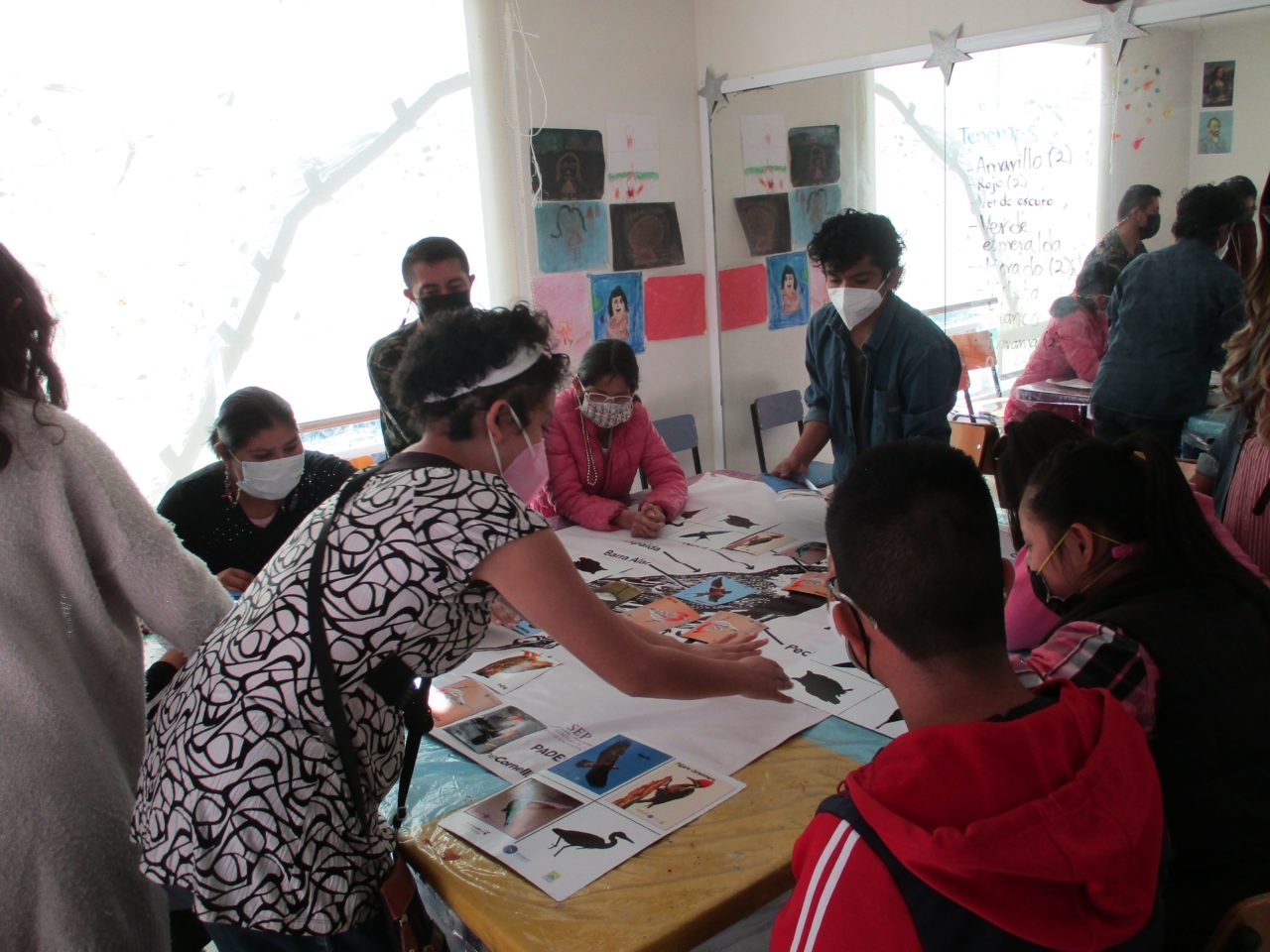
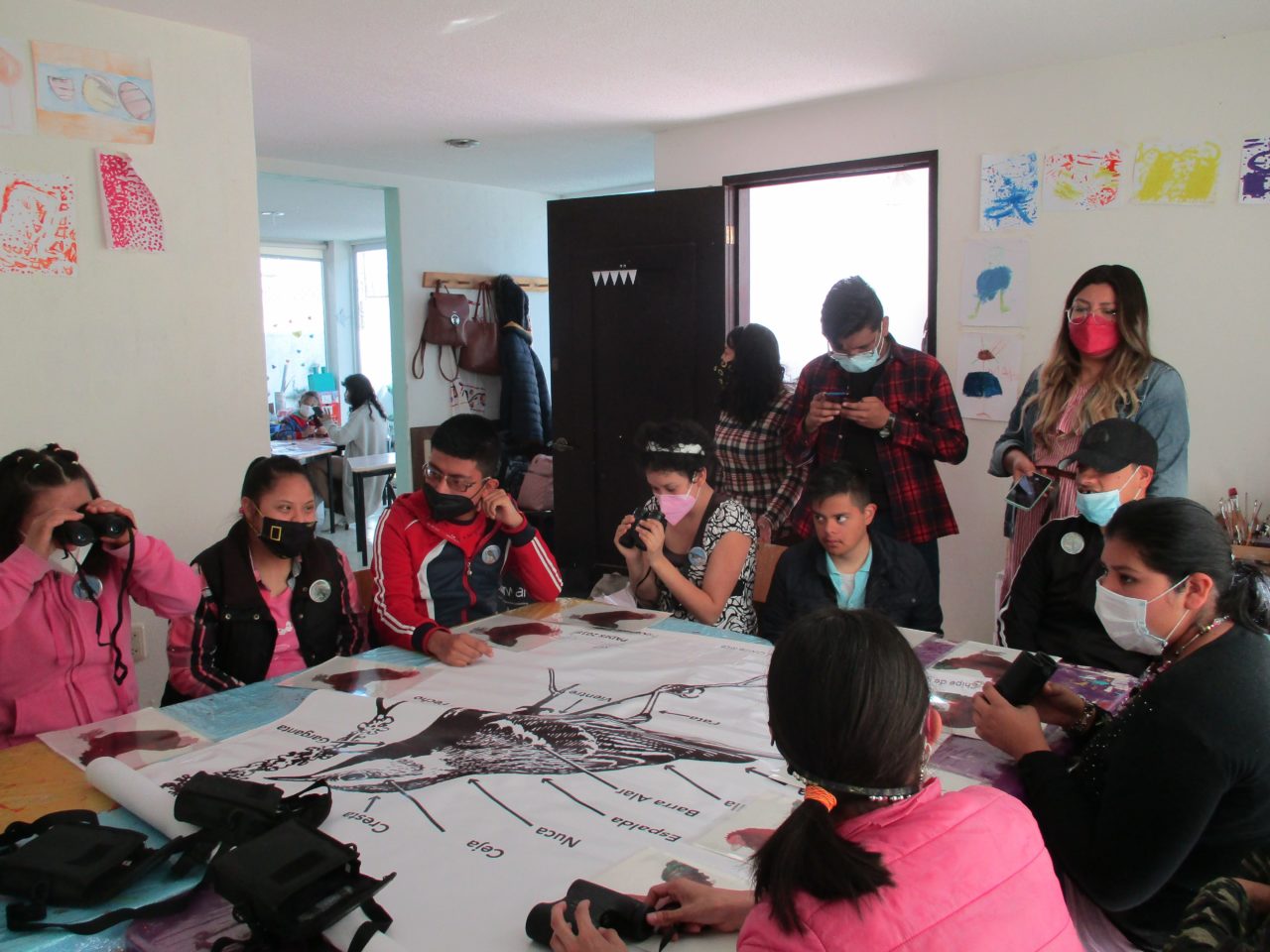
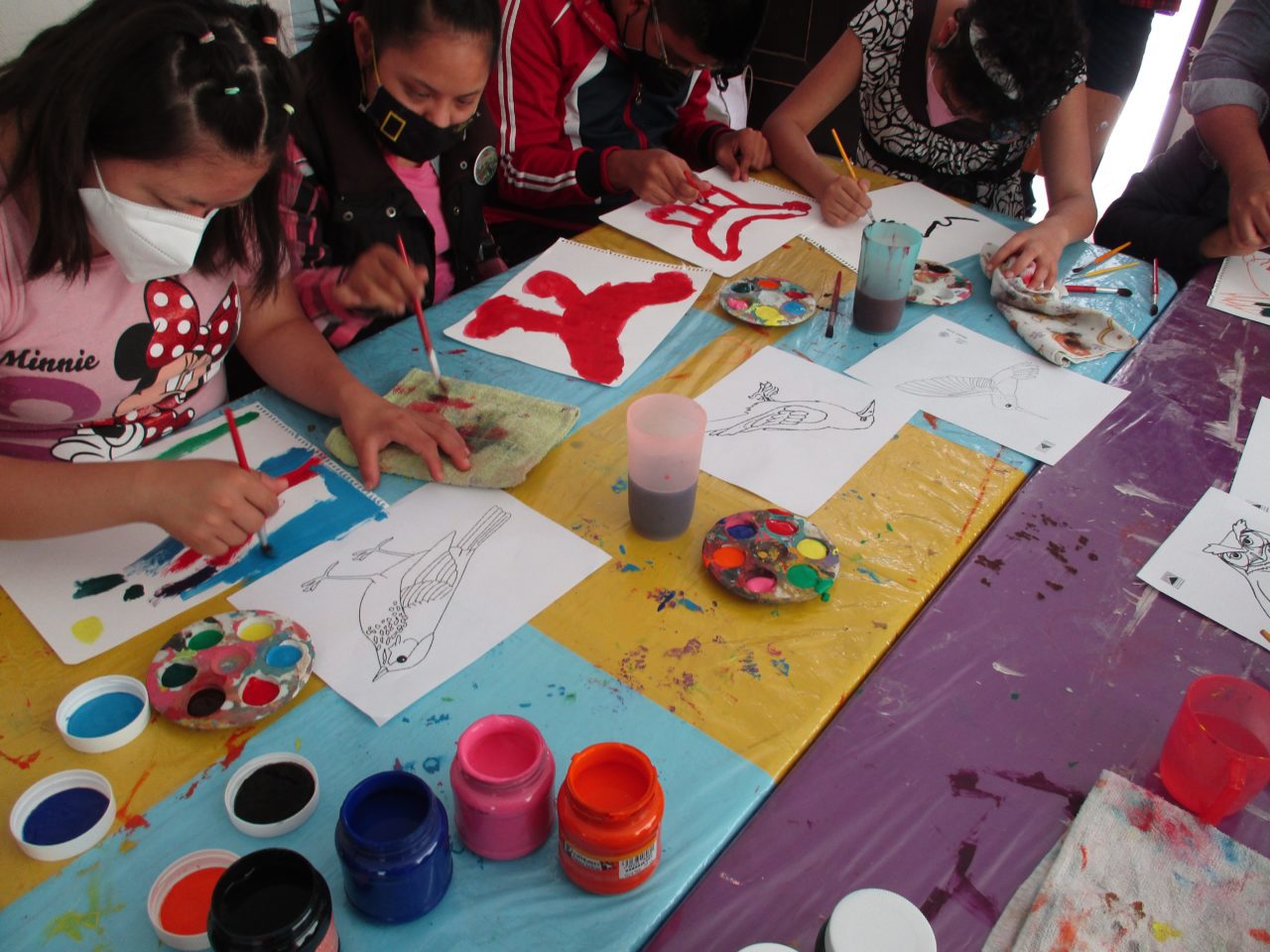
In the first session teaching materials from the La Malinche Research Station and the Cornell Lab of Ornithology were utilized to describe the composition of a bird. Bird anatomy and some common species found in Tlaxcala were outlined. At the end of the workshop the participants were asked to show their knowledge by drawing a bird. Filled with enthusiasm, the participants drew the birds from memory; some even used feathers to add a finishing touch to their drawing. In the second session participants visited the Lagoon of Acuitlapilco, a wetland which exists among the urban sprawl of Tlaxcala. Here everyone was able to enjoy the fresh air and be one with nature while observing the beautiful local birds. The participants learned to use binoculars and observe the birds around them. Everyone had so much fun! They observed birds in the water, perched on trees, and taking flight. The activity coordinators would describe the birds and the participants would confirm that they were able to see that bird. Sometimes the participants would give a description of the birds they were observing and the coordinators would help identify the species. Some of the participants were very astute and they noted very specific characteristics. The American White Pelican (Pelecanus erythrorhynchos), the American Coot (Fulica americana) and the Ruddy Duck (Oxyura jamaicensis) they were the most abundant birds observed in the lagoon. In total over a dozen species were spotted! It was an amazing experience, and after the activities had wrapped up for the day the list of observed species was uploaded to eBird. Now that’s what you call participatory science!
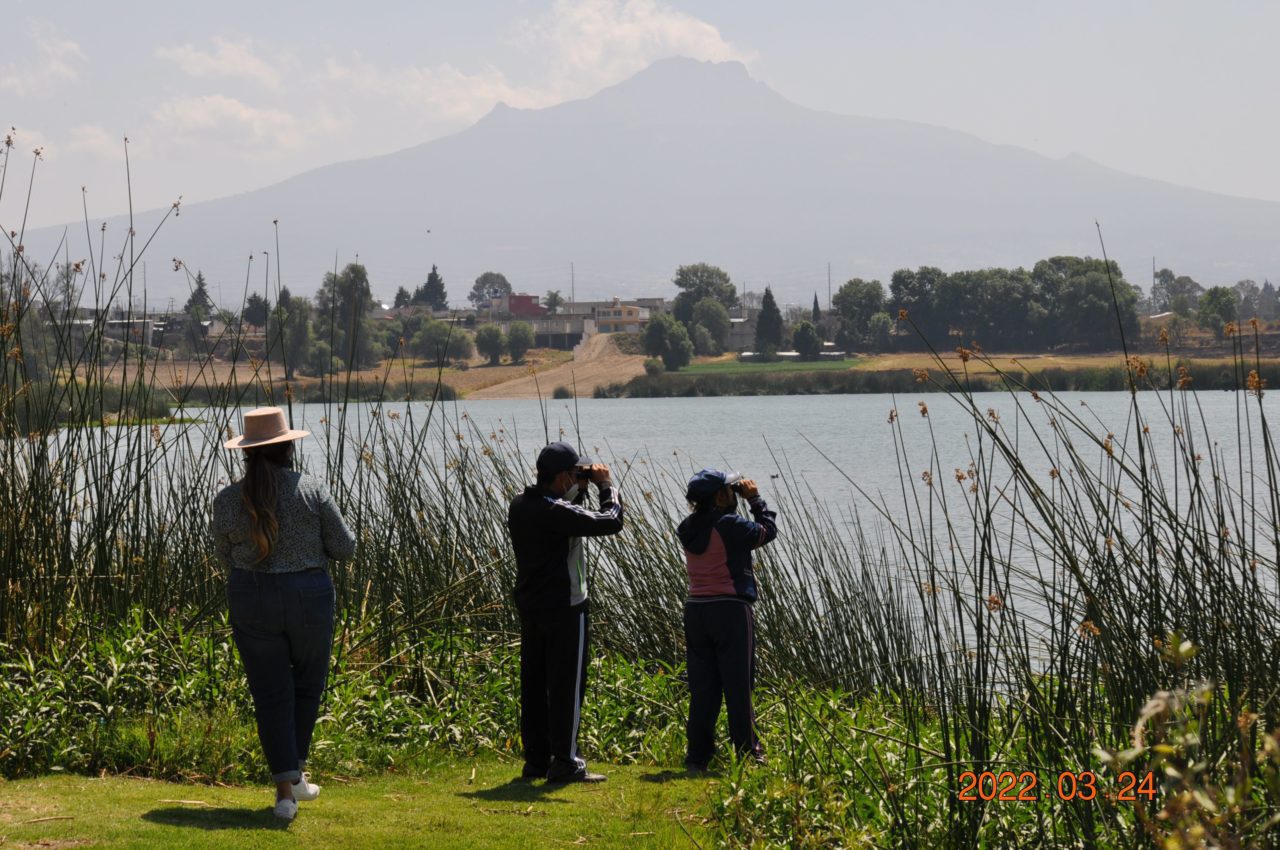
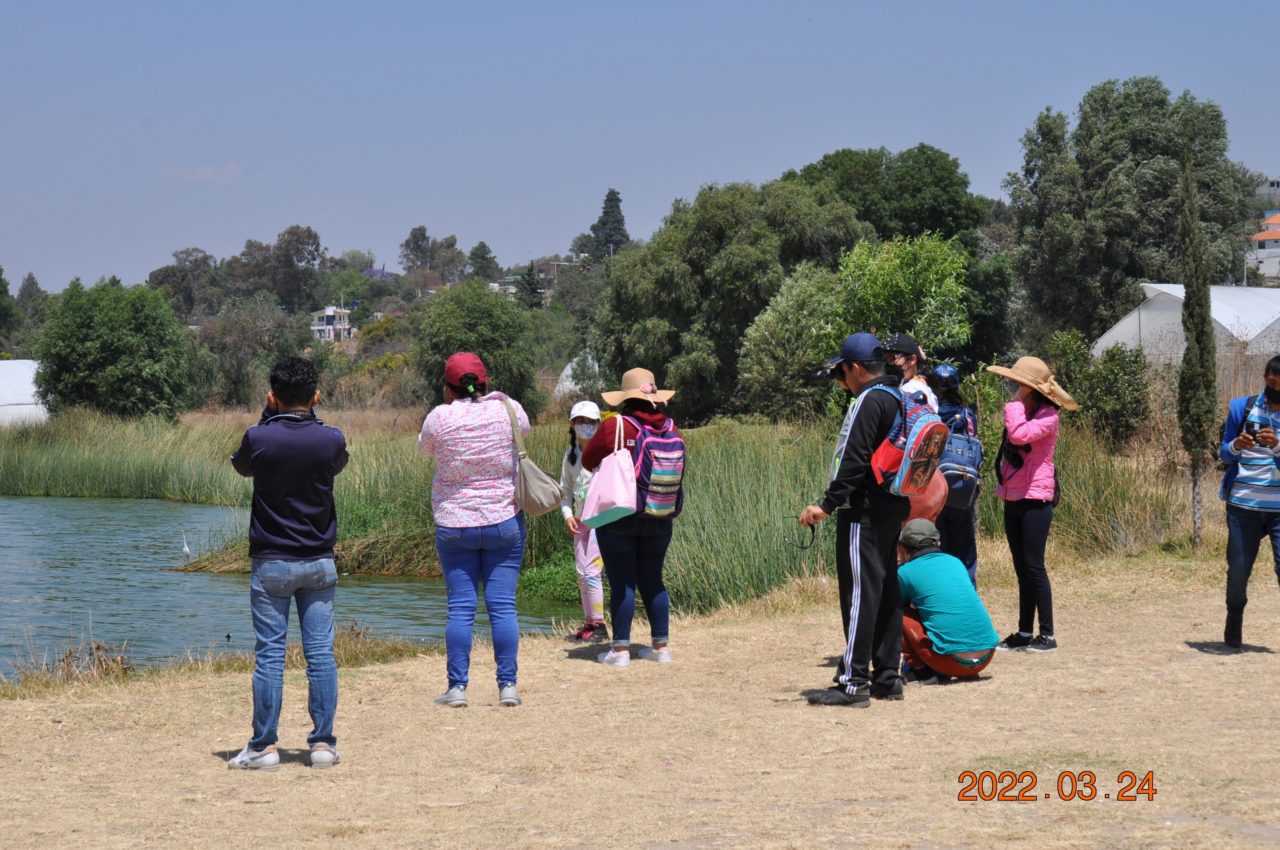
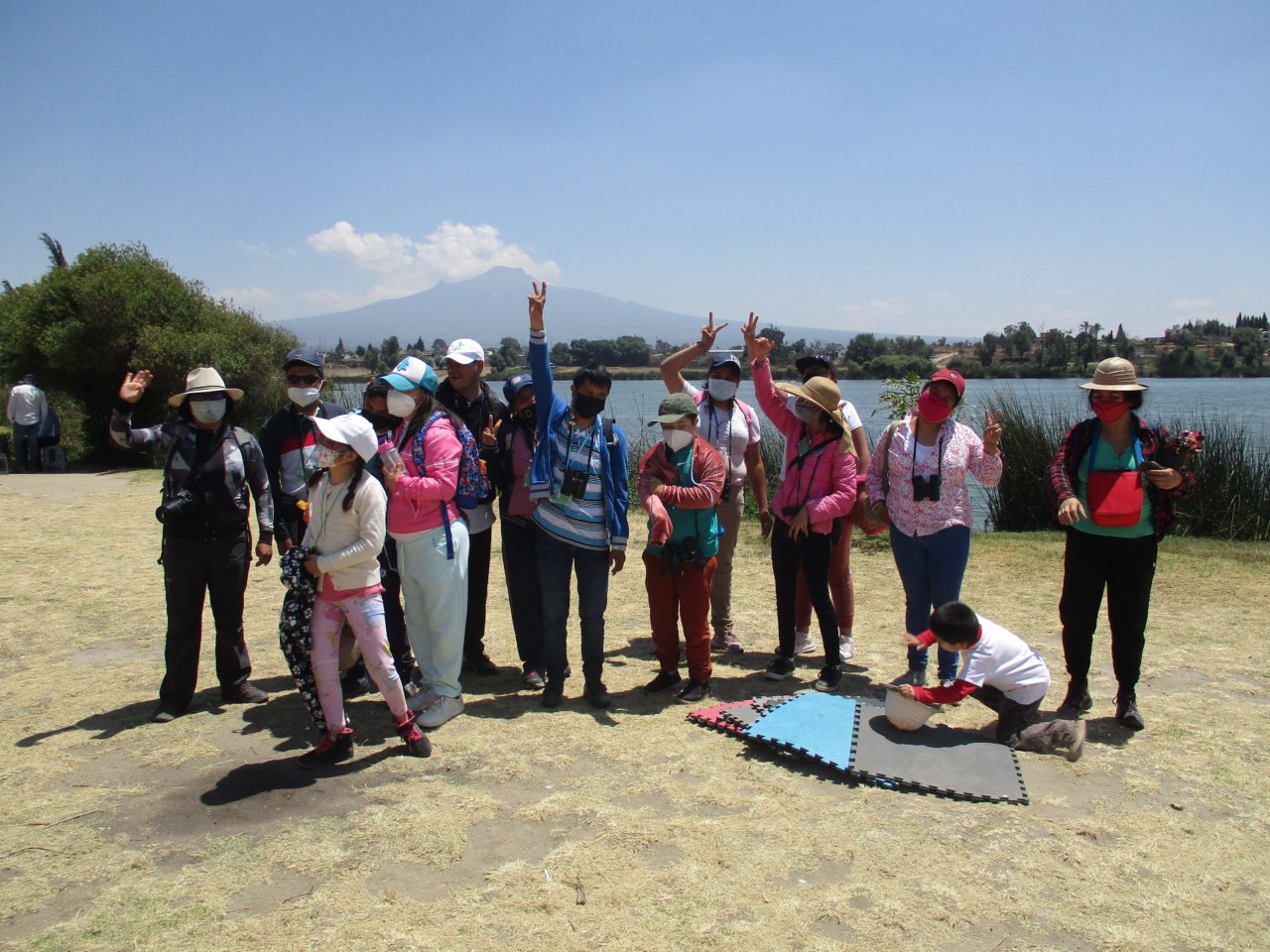
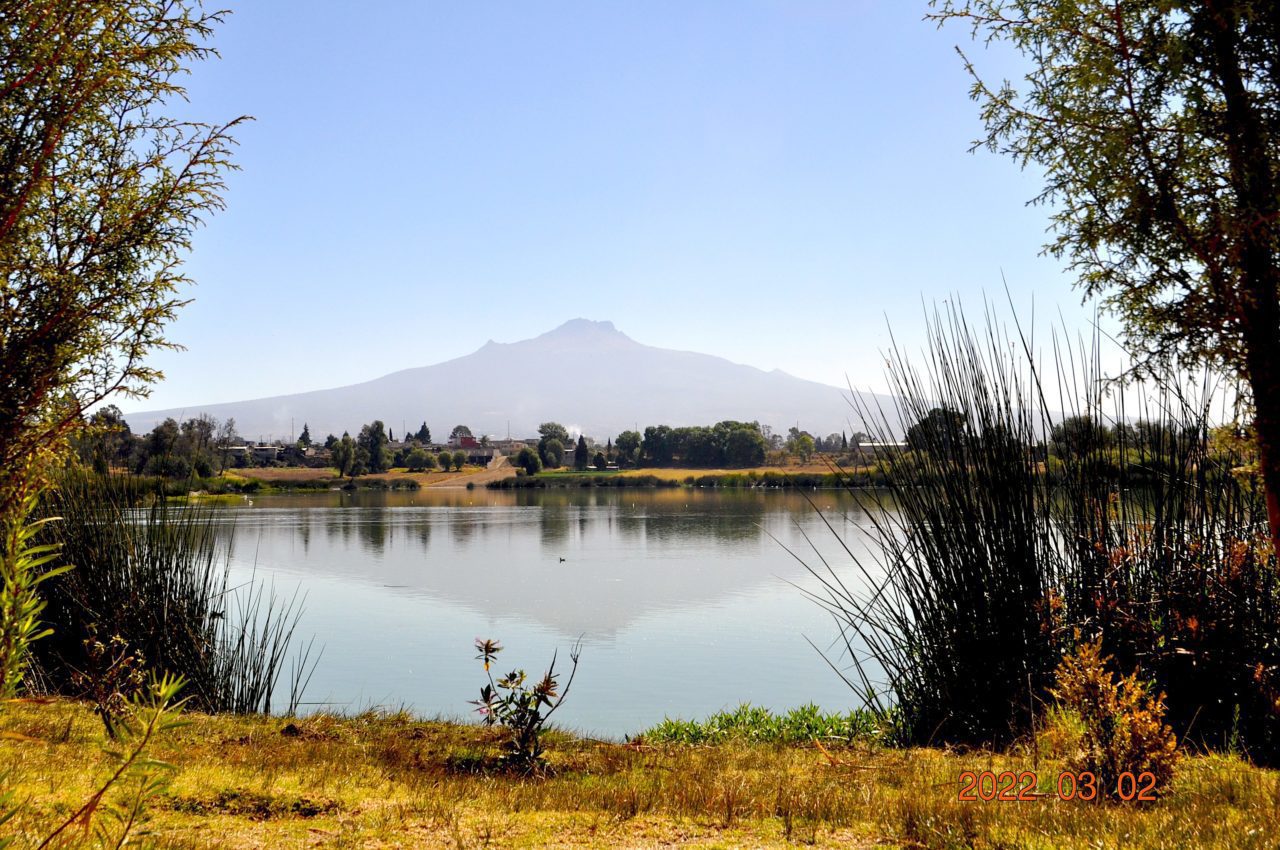
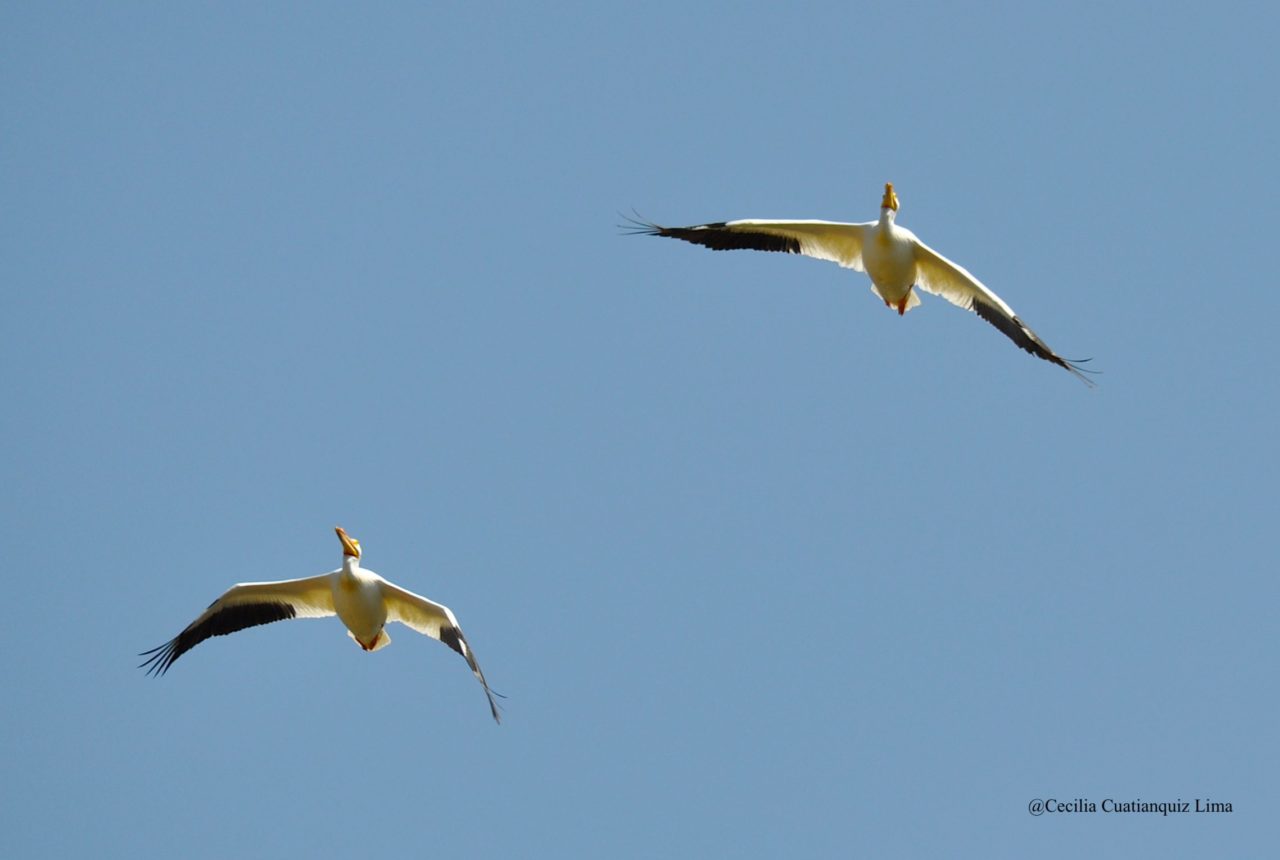
Important Gardens
The team set out to highlight the codependence of flora and birds in a healthy ecosystem. The plants and trees in our gardens are a critical resource for birds to survive and thrive, and to show this the group visited an eco-space of cacti, native and medicinal plants. The participants saw the diverse interactions between birds and plants and the important role flora play in the lives of other organisms, like butterflies and bees. The final session consisted of making bird art mobiles, an activity which helped the participants recall their prior knowledge of bird anatomy, the colors of their feathers and their names. Everyone worked hard and had a lot of fun creating their mobile! Many wanted to hang the mobile in their room because they wanted to have the joy of birds in their house. The coordinators as well as the participants were so inspired by the activities that, in collaboration with their school, the participants proposed that a community garden be created in a natural common area adjacent to the school. What a wonderful idea! With the help of the community a diverse group of ornamental plants to attract hummingbirds and bees and fruit trees to attract birds that eat fruits and seeds were planted. As a finishing touch a pine tree was planted. This was an incredible effort that will no doubt improve the wellbeing of people and the birds living in the neighborhood!
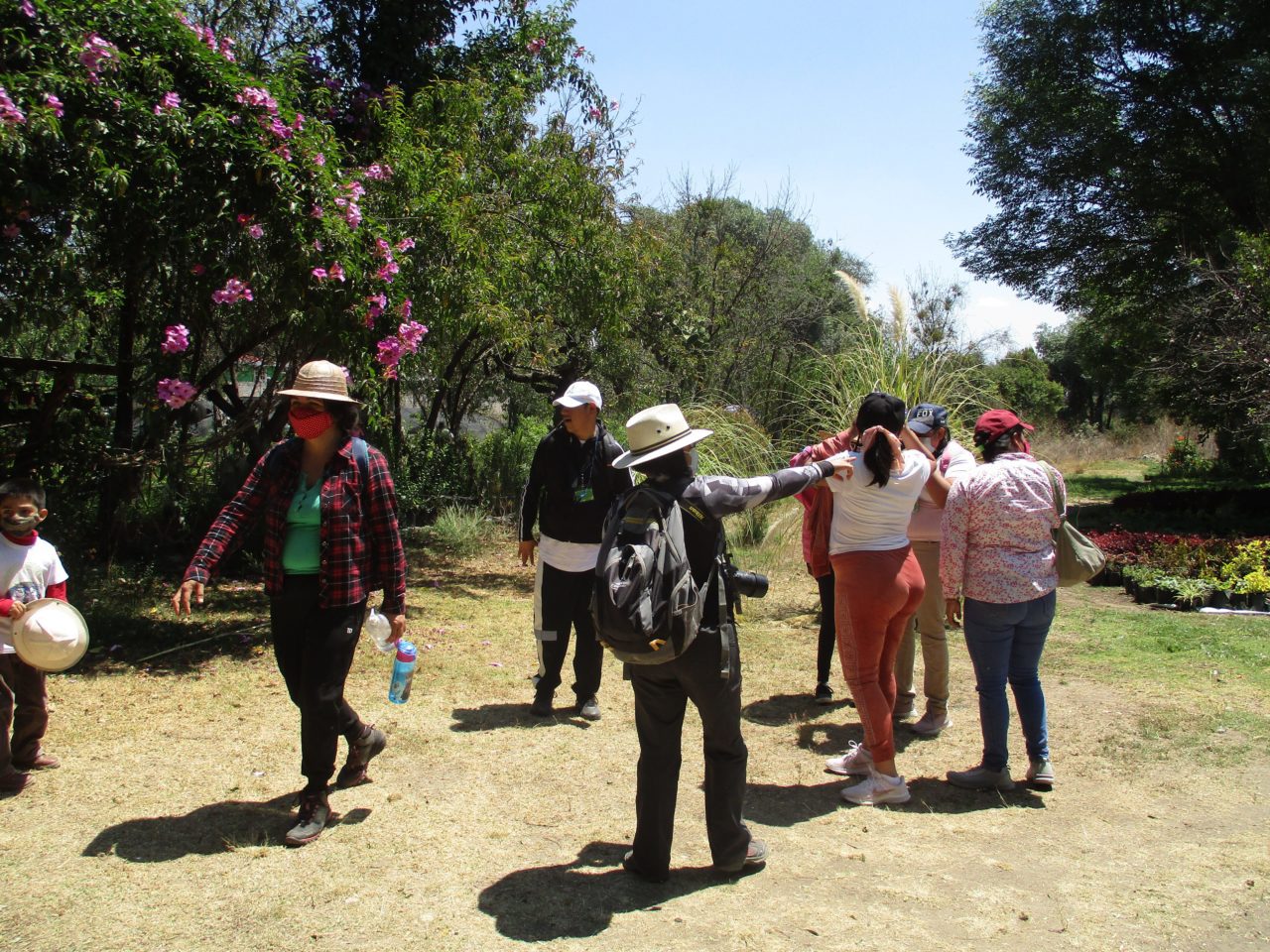
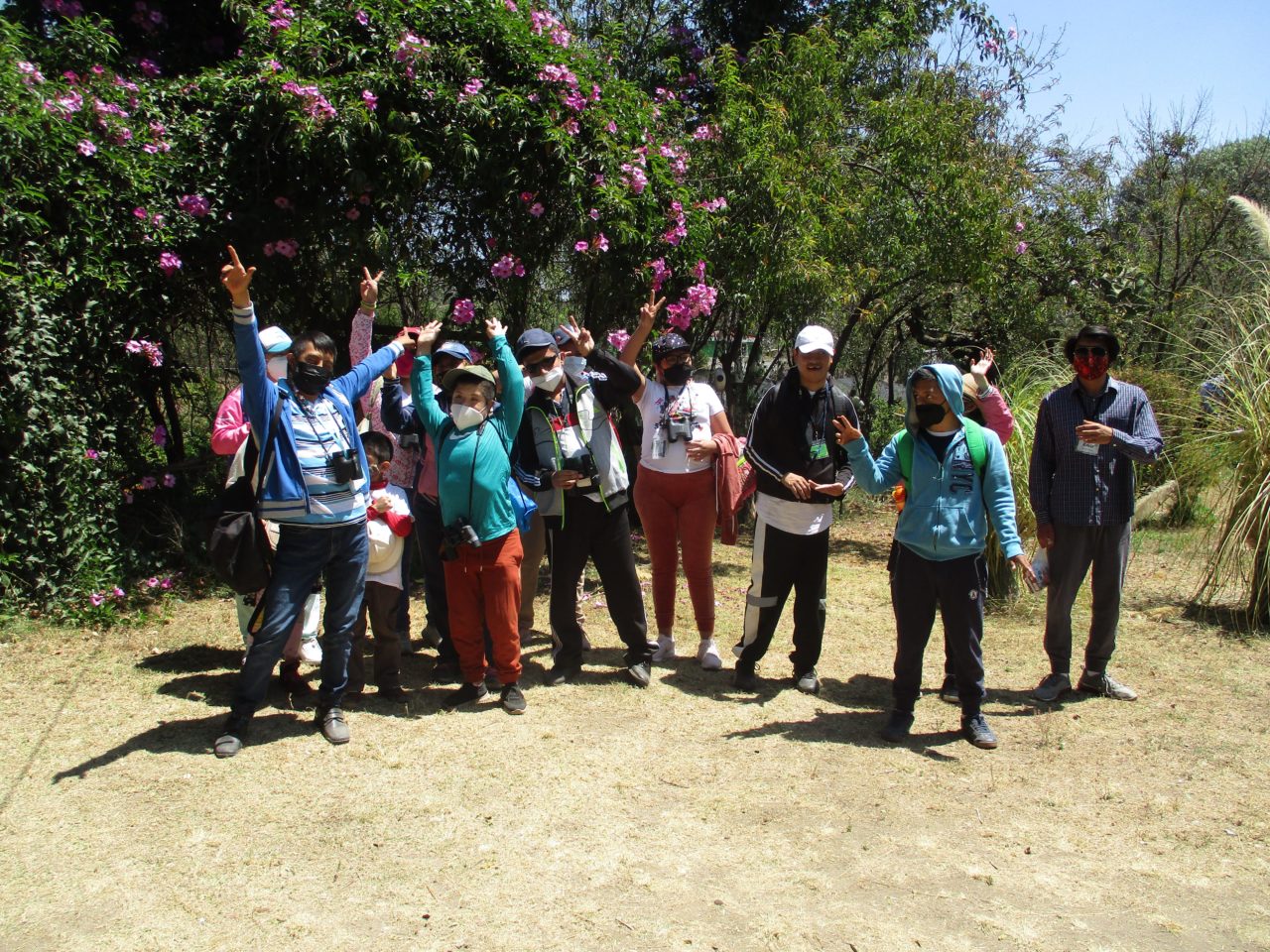
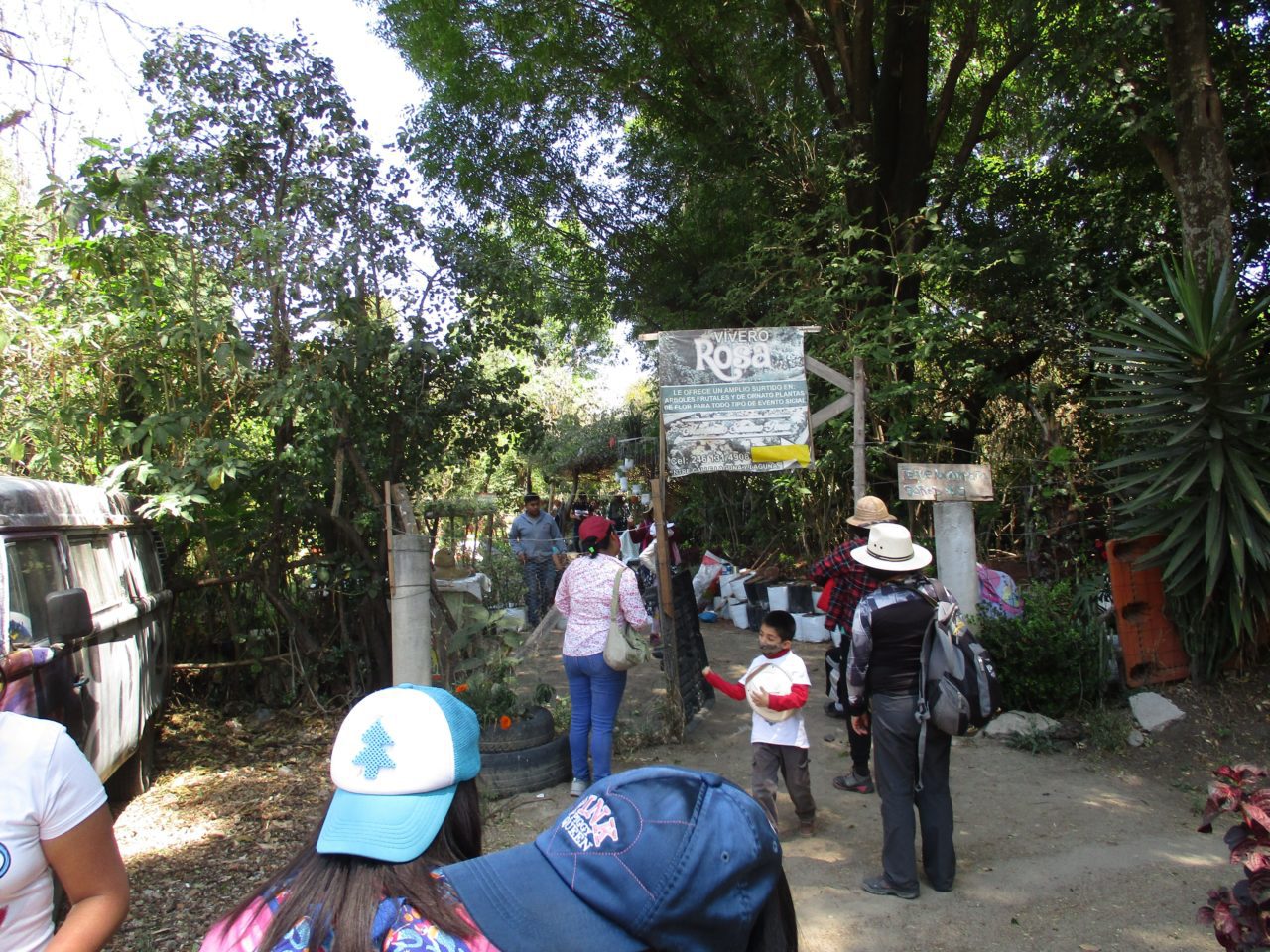
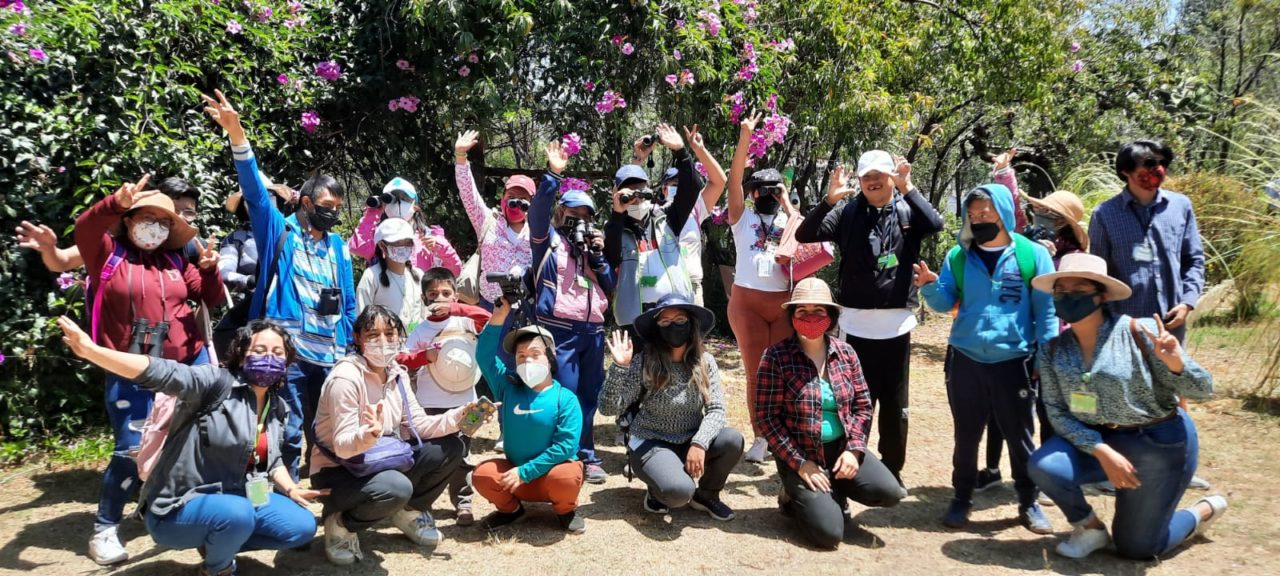
We thank the La Malinche Research Station for their support in creating these wonderful workshops. We also appreciate the critical participation of the teachers of The Educational Center Copitl for Integrated Artistic Development, who aided in sign language translation for the deaf participants, and to the director Ada Elena Sandoval Luna for her great support in this effort.
Page created by Diego Valle
